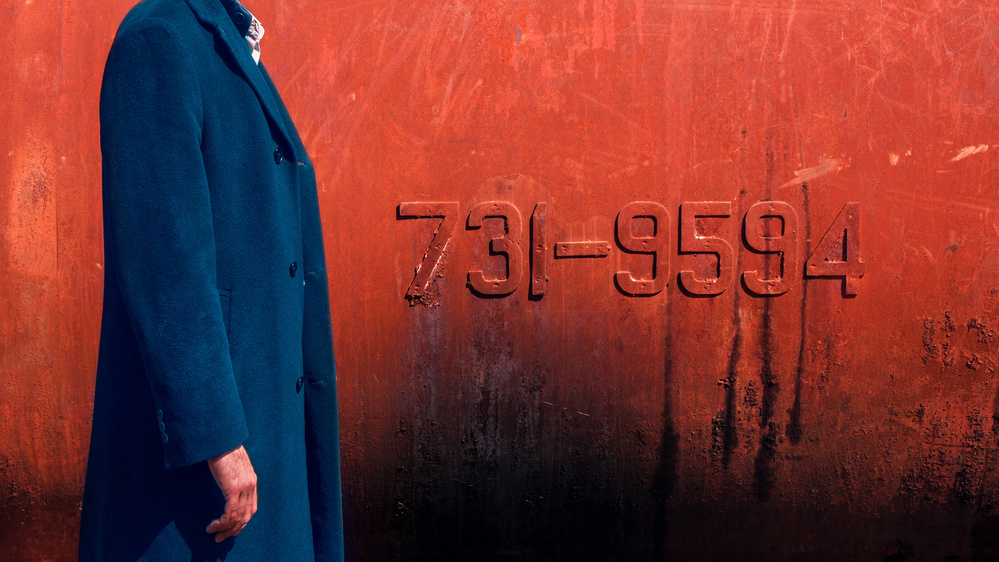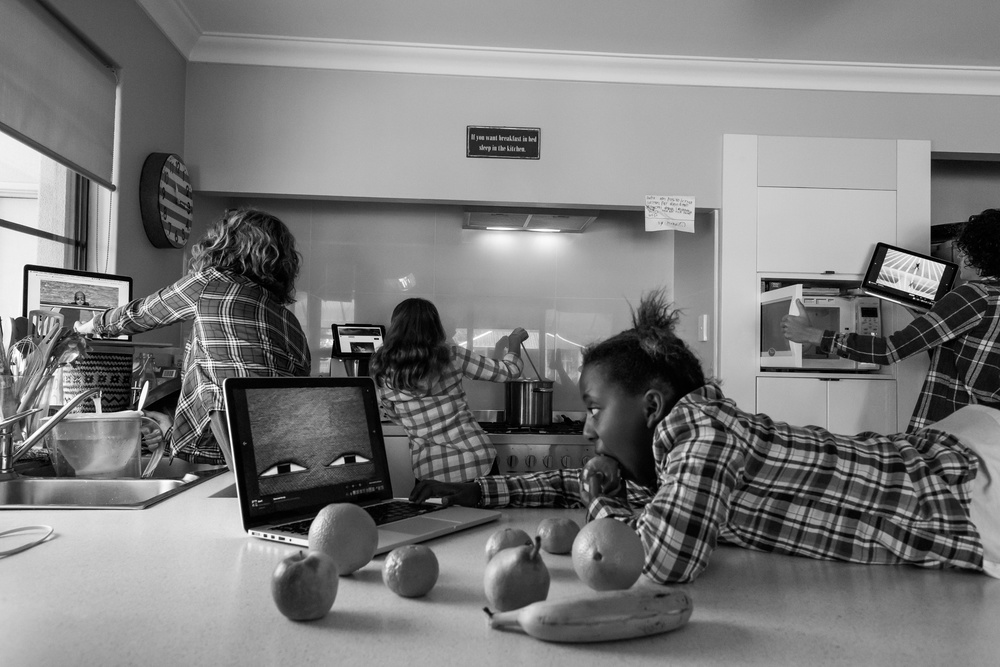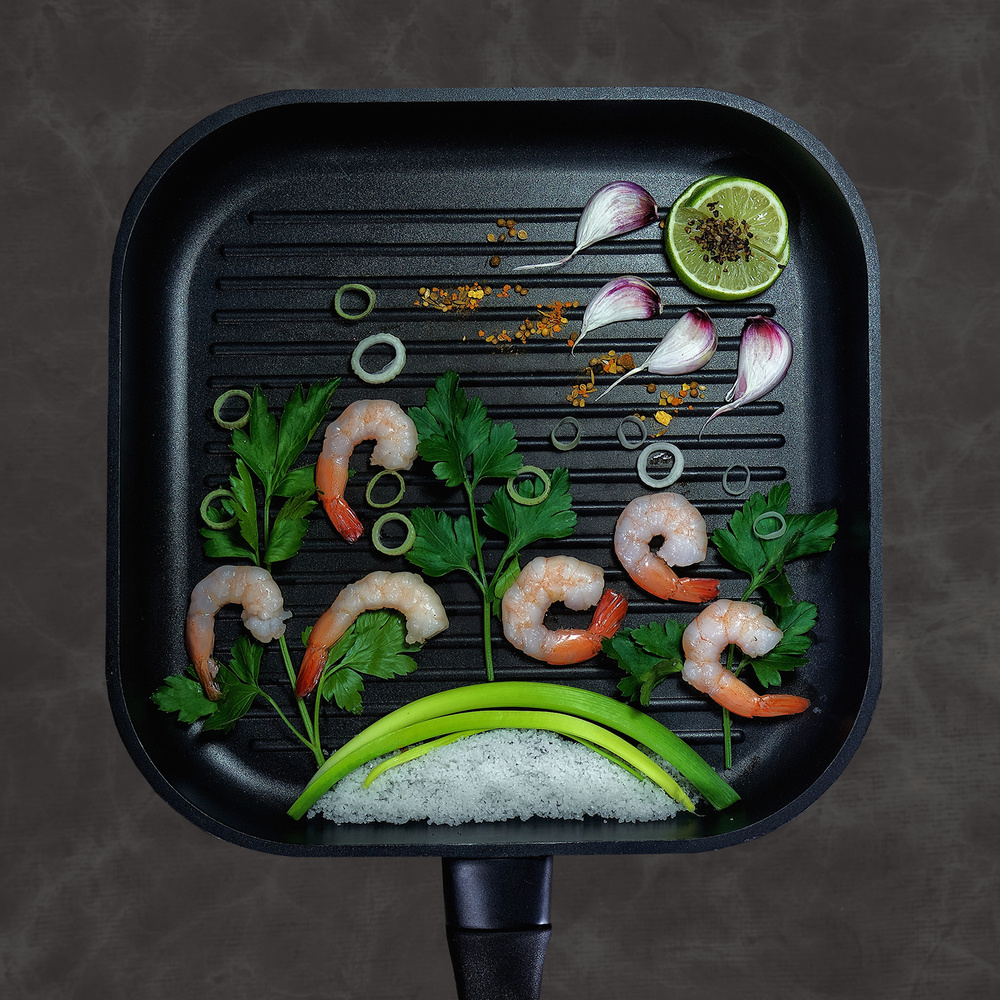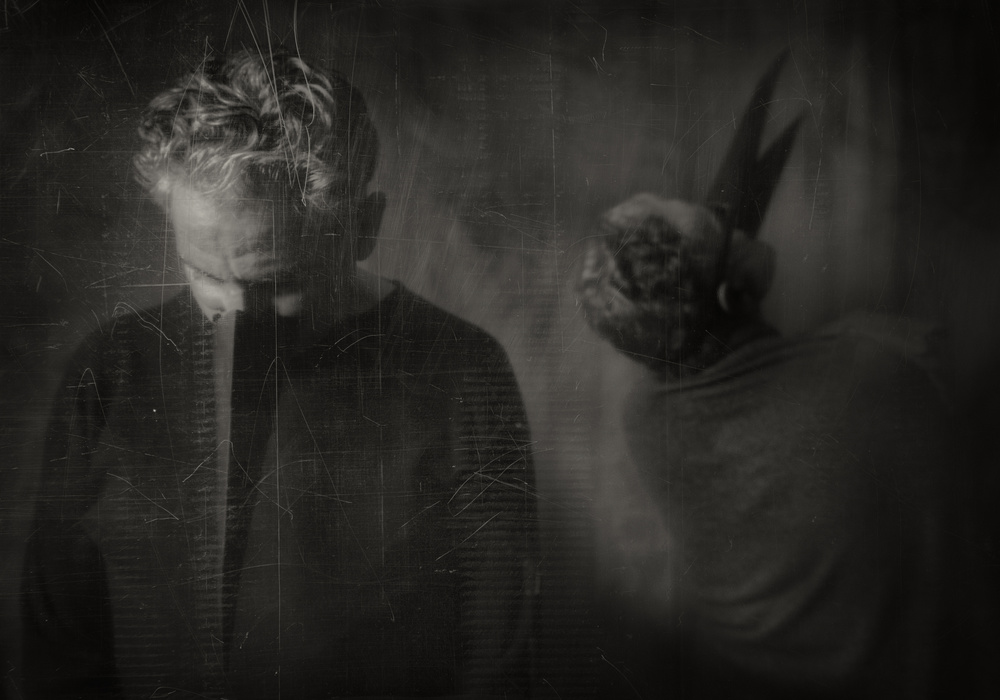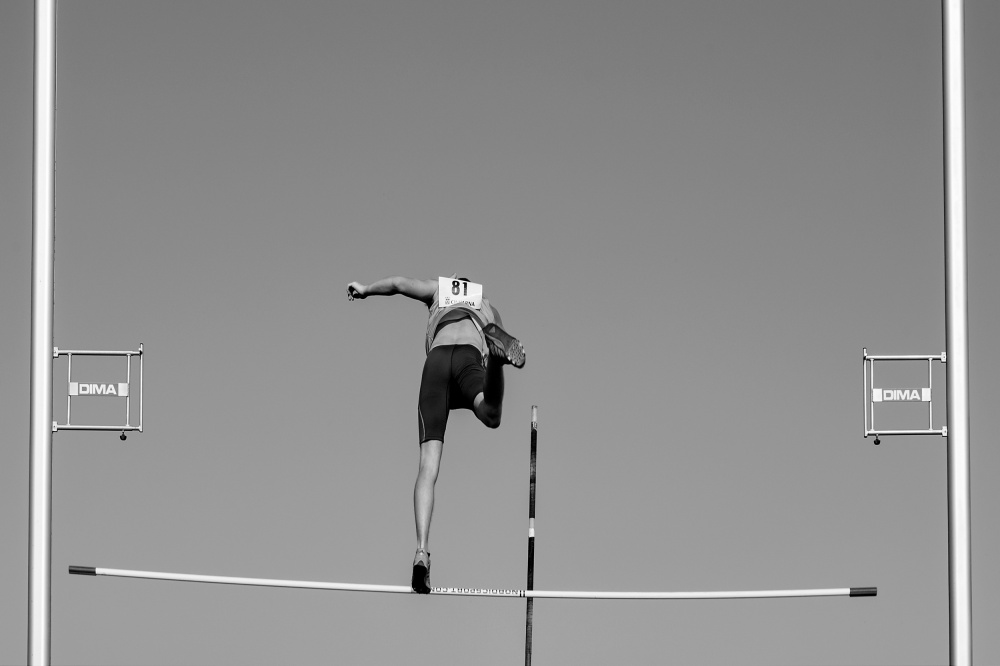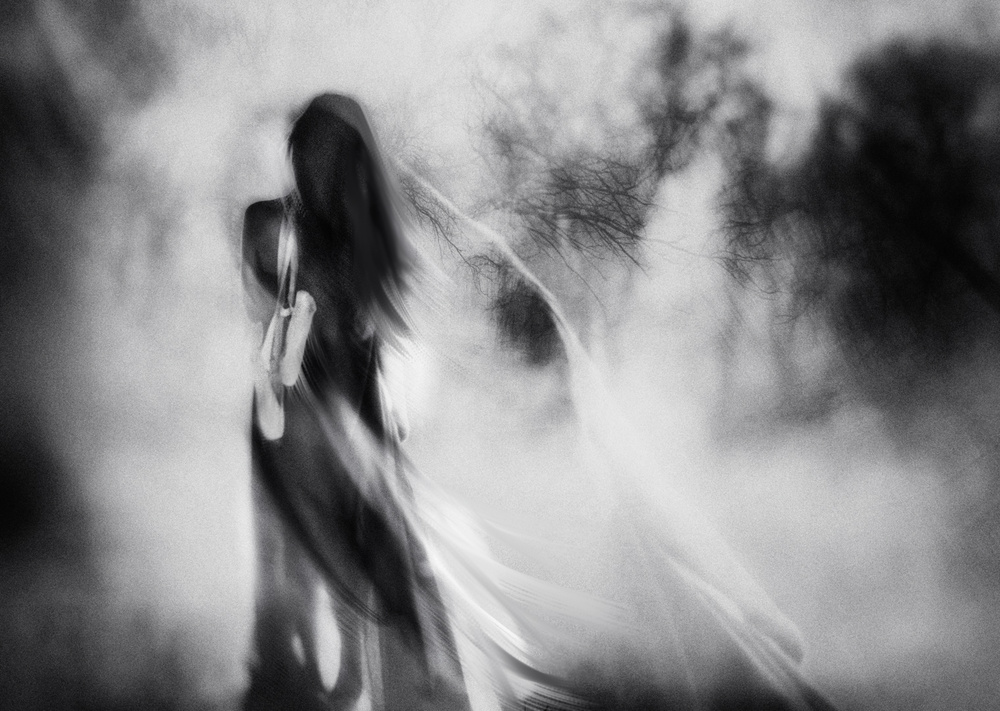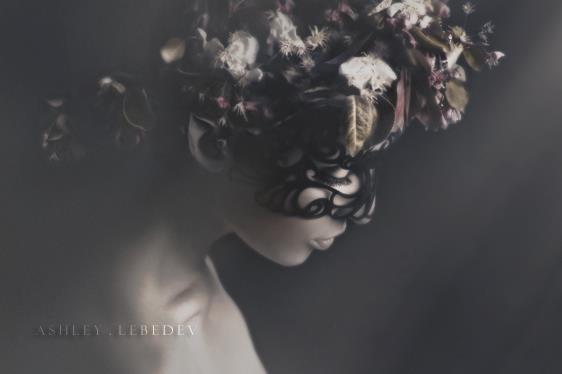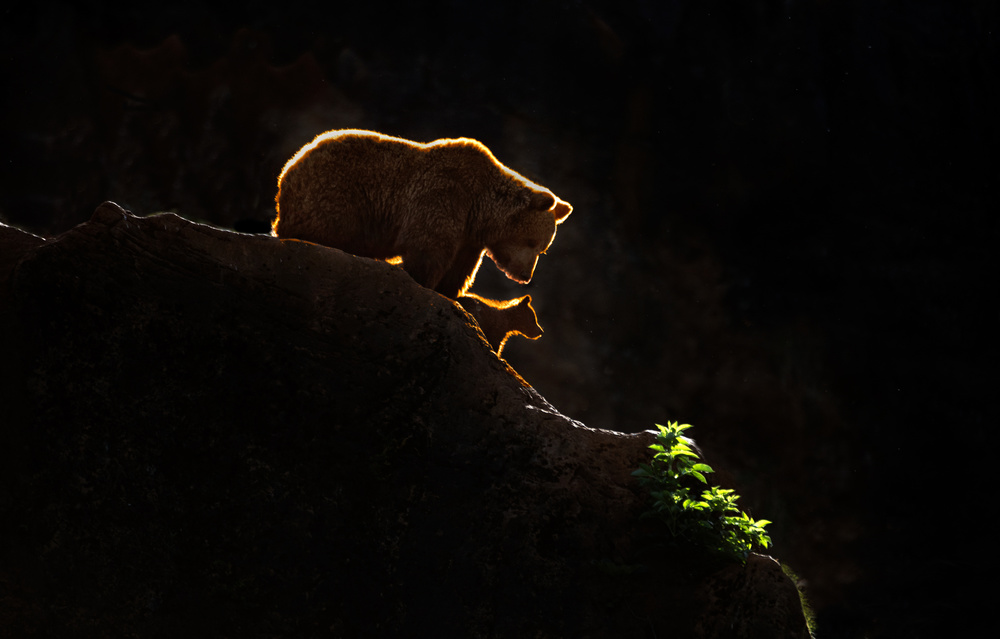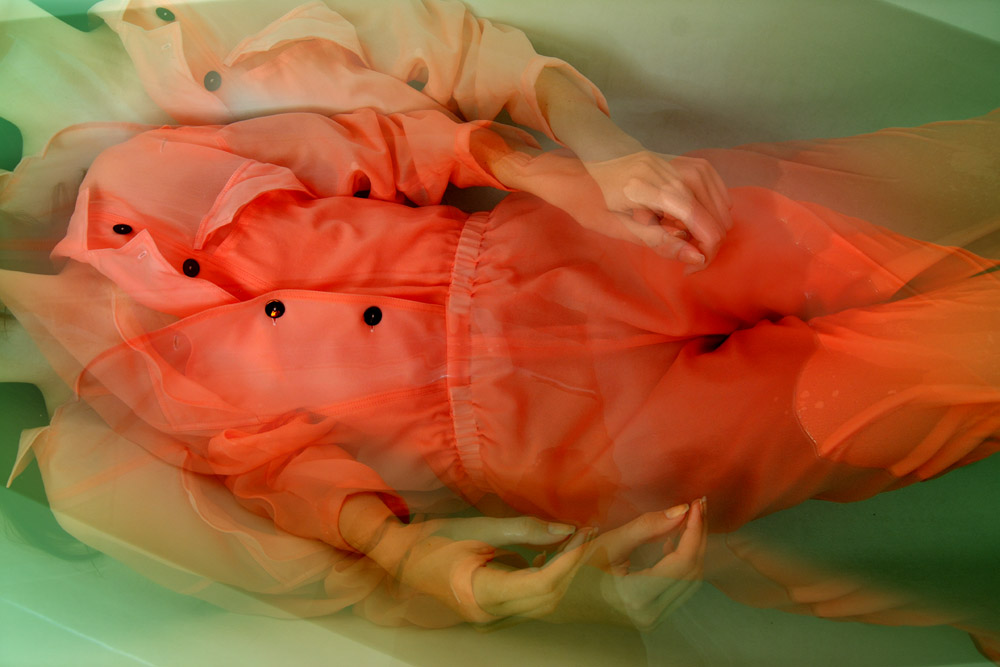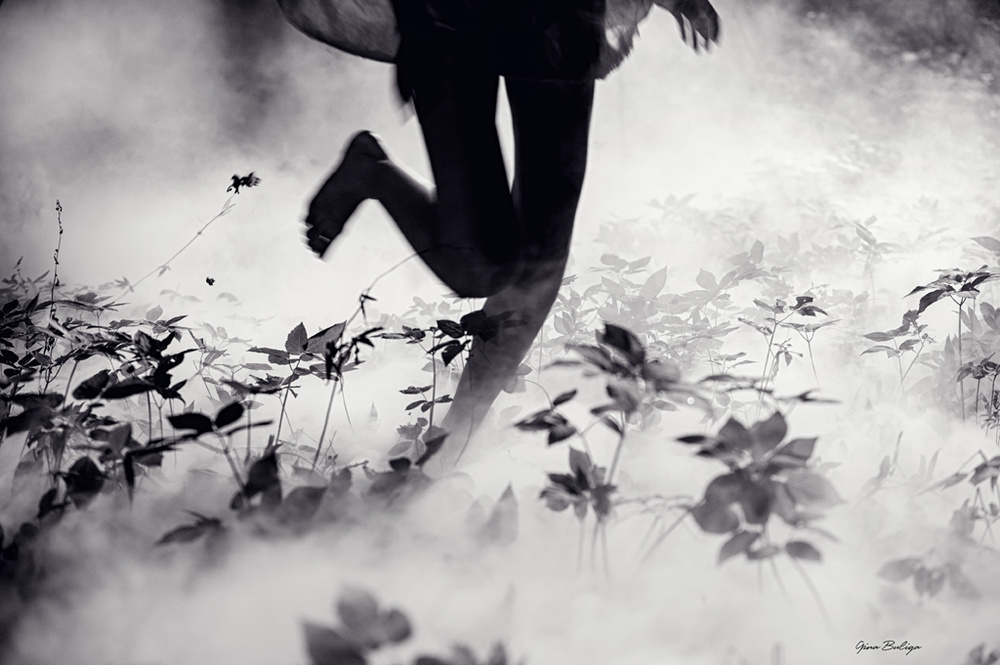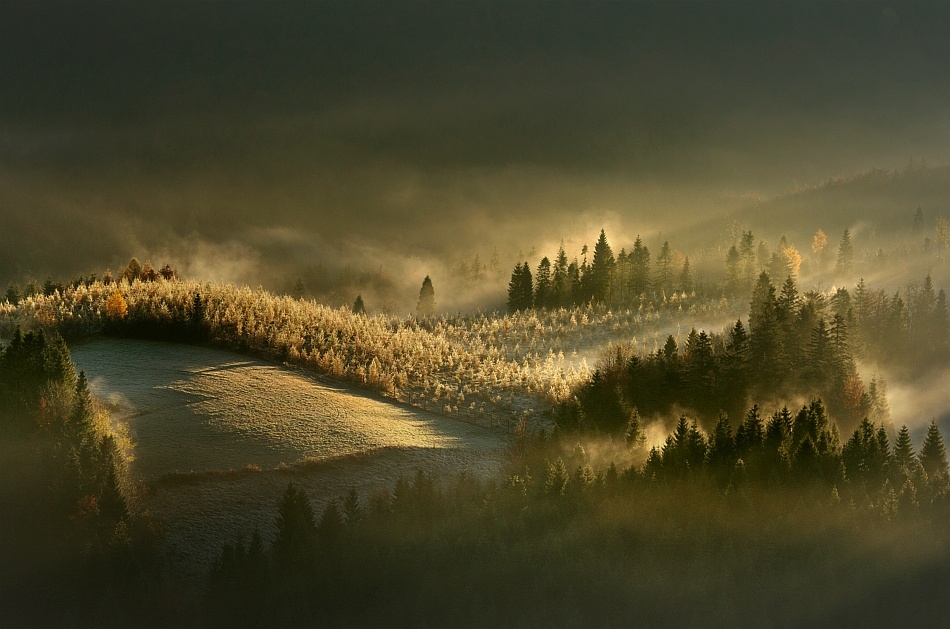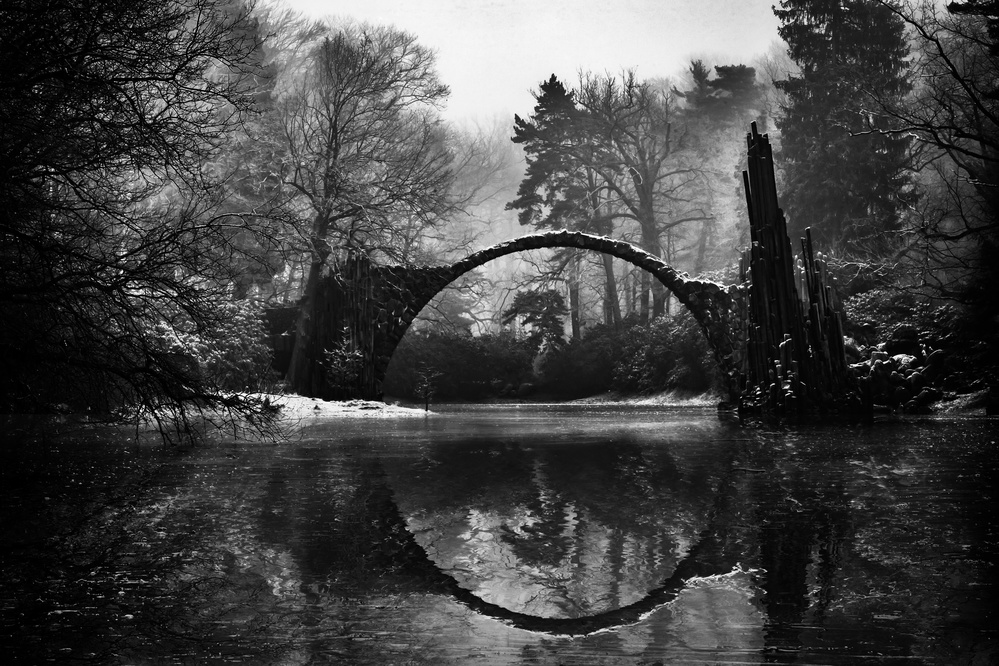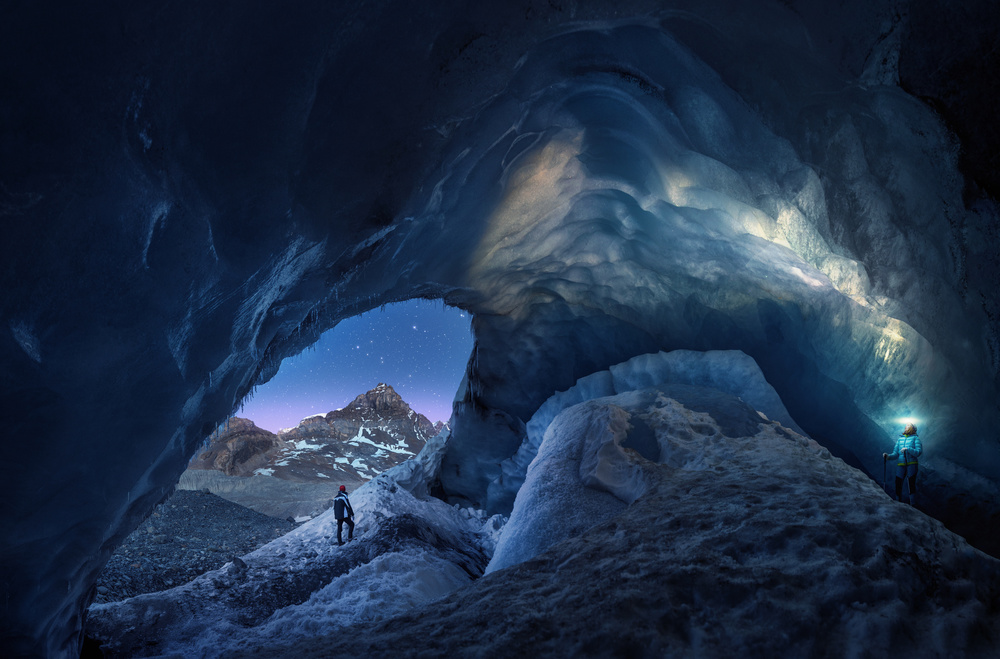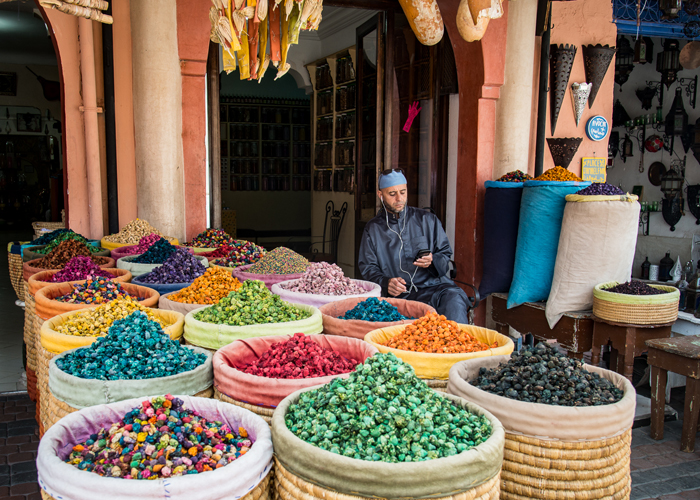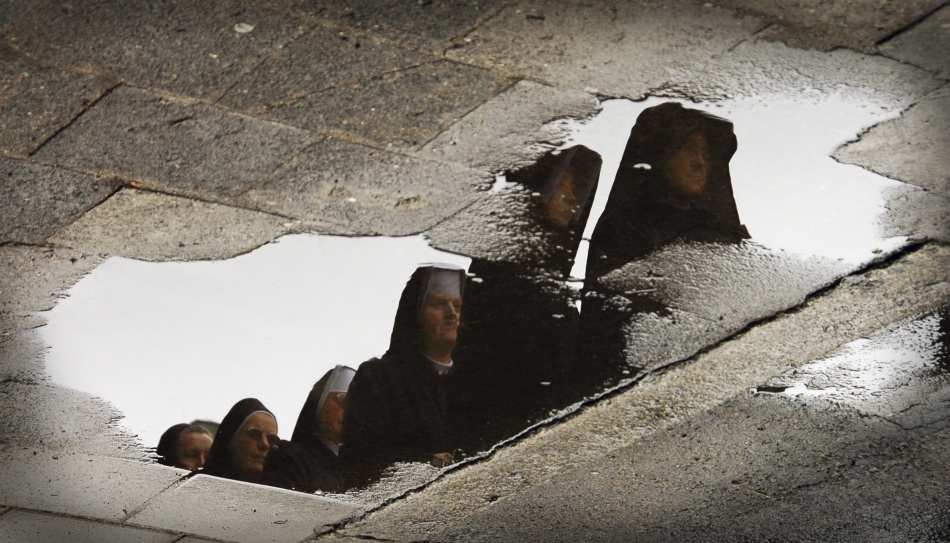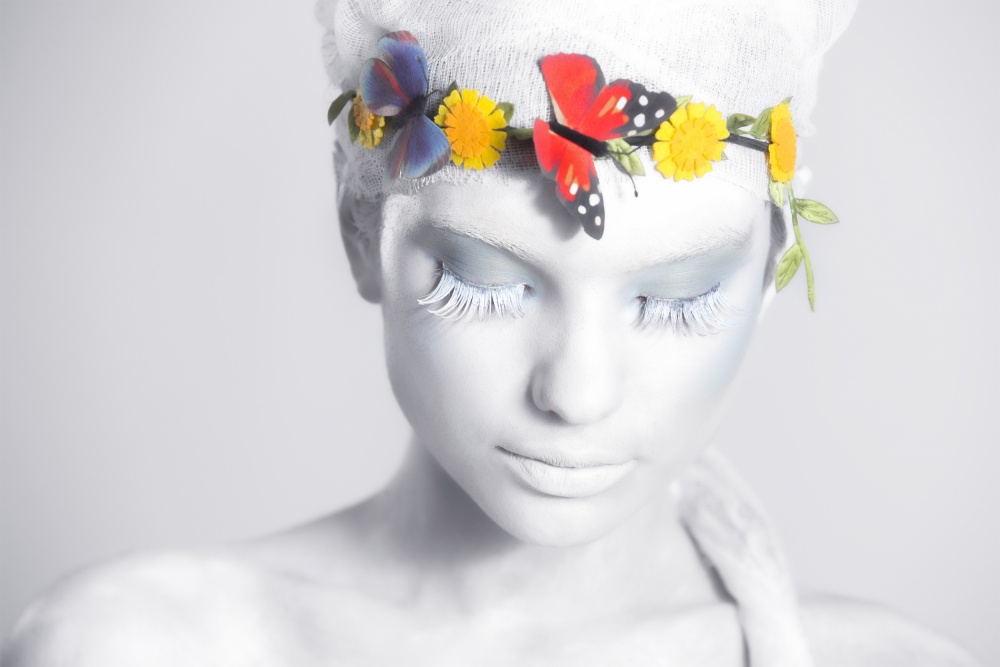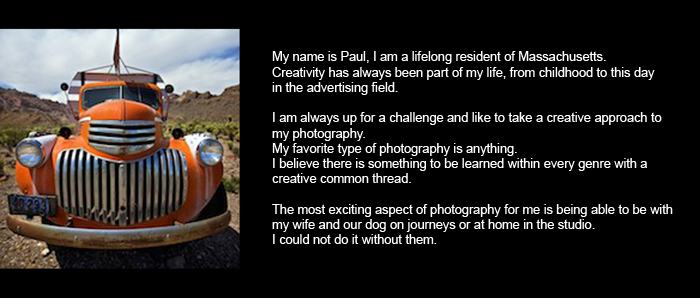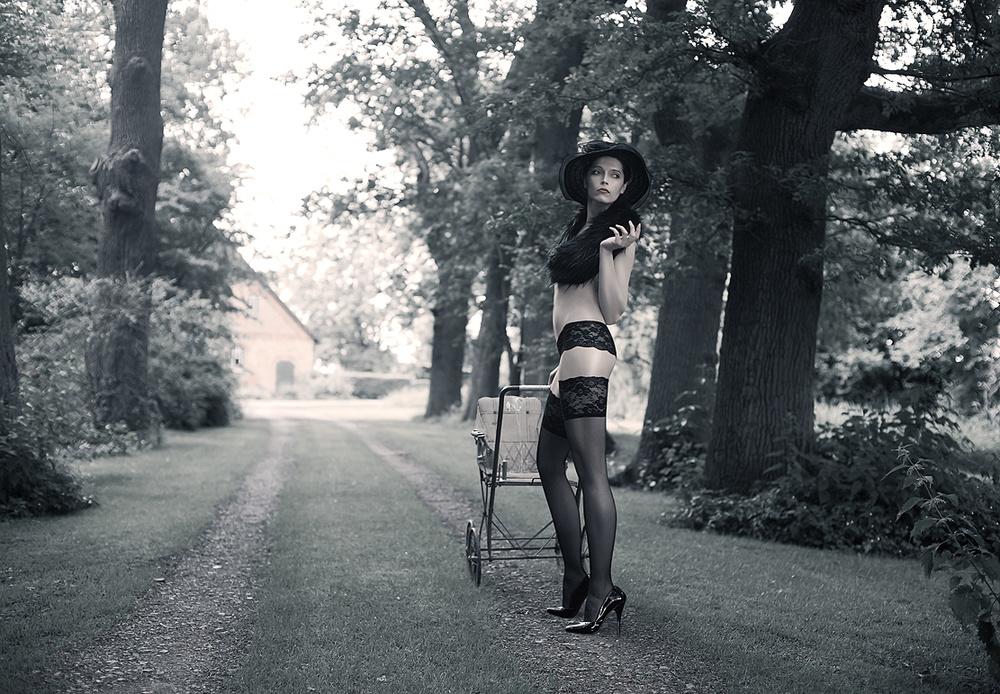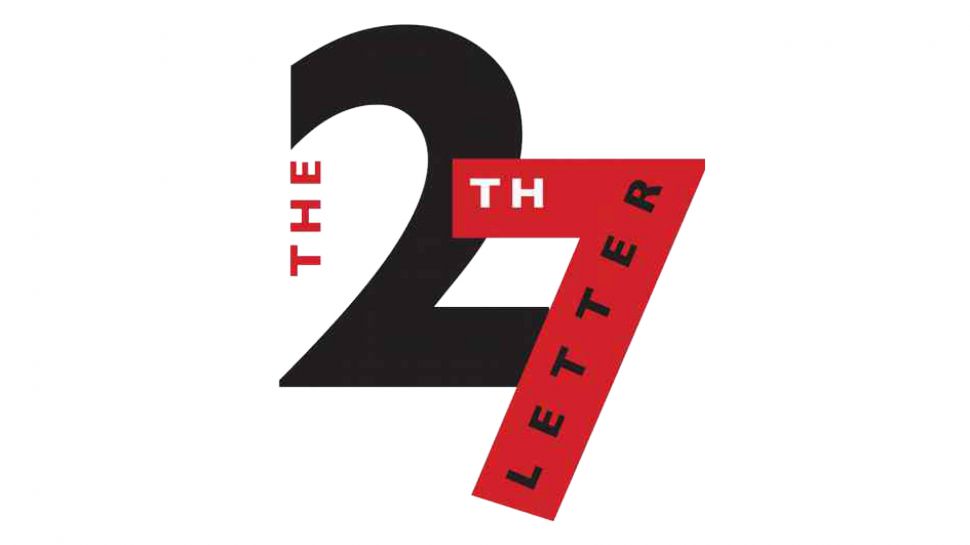Contests
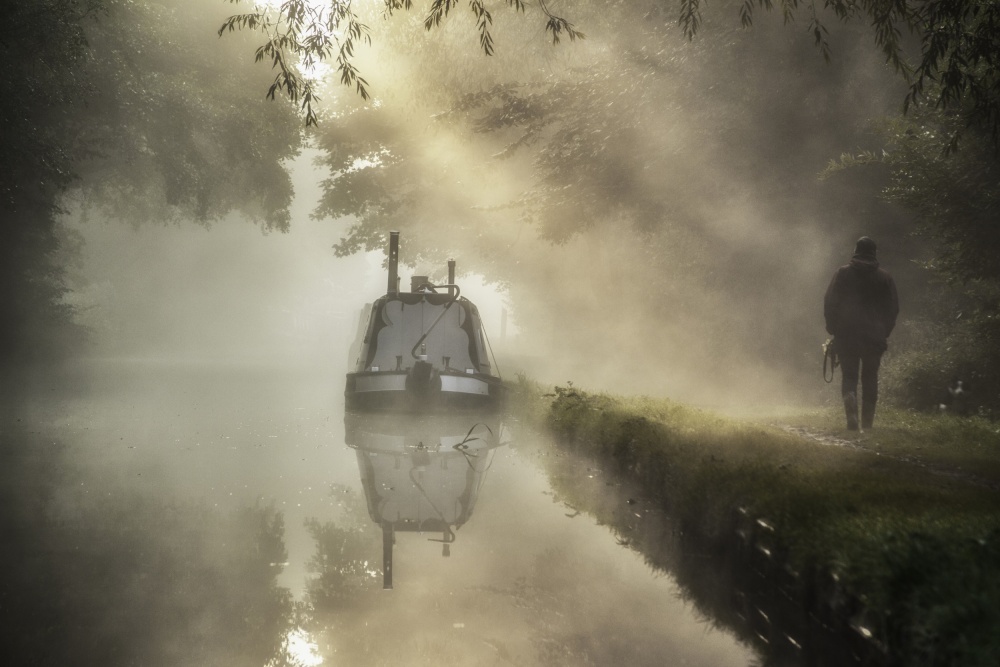
Dawn on the Canal
1x Blog Contests' .
Not only was it misty, but also the sun coming through the mist had a wonderful orange glow. It was important that I kept that color in the final image. I found an old bridge, and through it I saw a moored canal boat — an obvious subject. I took some shots with and without the bridge in the frame, but then a dog and its owner happened upon the scene: I knew this was going to be a real opportunity. I've learned that including someone or at least some impression of movement in the picture is really important.
I use a Canon 650D — a DSLR with a wonderful touch screen. Nearly all the photos I take with it are done using a tripod and with Live View activated. Live View with the touch screen is an excellent tool on the 650D. By touching the focus point to zoom in, and then making fine focus adjustments manually, perfect focus is ensured. I usually use a remote shutter release, or I can gently touch the screen and activate the shutter, and I have no vibrations, especially since the mirror is locked up in Live View. I also find it easier to scan all the settings to make sure they are OK before I fire the shutter.
It was still early, so I had the aperture opened up (f/5.6) and chose ISO 100 for less noise. I guess the shutter speed (1/45 second) is a little slow for the walker, but I had little time to adjust it — the slow shutter speed wasn't an issue when I was taking shots of the boat. Image stabilization was turned off. I don't use it with the tripod, mainly because there is no need. Apparently, though, image stabilization can create what appears to be camera shake when it's enabled and the camera is on a tripod. I used a reasonable zoom to home in on the boat; there was no background to speak of (just mist), so I didn't have to consider it much while I was composing the image.
I had the tripod set fairly low to give a better impression of depth and used the canal bank to form the leading line. I used a rough line to follow the rule of thirds: the boat, dog and feet of the walker are all about one-third of the way up the photo. I used a sturdy tripod — a Vanguard with a trigger head, which is really easy to adjust, so there was no need to fiddle with leveling the tripod itself. My 650D and tripod are married now.
Once I had the shot, I was happy with the results. I took a few more shots on the way back to my boat, but I knew I already had a keeper. Eventually the mist started clearing and the orange glow disappeared. Having said that, in the UK you get a longer opportunity for these early morning shots than you do in Australia, my home country.
. '
Early one summer's morning, I opened the curtain on our canal boat and saw — mist! In a flash I was up, collected the camera and tripod, and went looking for a great photo. Making my way along the canal, I got one, and back home I worked hard on the RAW file to faithfully reproduce the colors and the mood I experienced that morning.
The photograph was taken on the Staffordshire and Worcestershire Canal, just west of Haywood Junction in the English Midlands. Seeing mist I had grabbed the camera and tripod and began taking photos, initially where we were moored, but then I worked my way east along the canal bank.
Not only was it misty, but also the sun coming through the mist had a wonderful orange glow. It was important that I kept that color in the final image. I found an old bridge, and through it I saw a moored canal boat — an obvious subject. I took some shots with and without the bridge in the frame, but then a dog and its owner happened upon the scene: I knew this was going to be a real opportunity. I've learned that including someone or at least some impression of movement in the picture is really important.
"Live View with the touch screen is an excellent tool on the 650D. By touching the focus point to zoom in, and then making fine focus adjustments manually, perfect focus is ensured."
I use a Canon 650D — a DSLR with a wonderful touch screen. Nearly all the photos I take with it are done using a tripod and with Live View activated. Live View with the touch screen is an excellent tool on the 650D. By touching the focus point to zoom in, and then making fine focus adjustments manually, perfect focus is ensured. I usually use a remote shutter release, or I can gently touch the screen and activate the shutter, and I have no vibrations, especially since the mirror is locked up in Live View. I also find it easier to scan all the settings to make sure they are OK before I fire the shutter.
"Apparently, though, image stabilization can create what appears to be camera shake when it's enabled and the camera is on a tripod."
It was still early, so I had the aperture opened up (f/5.6) and chose ISO 100 for less noise. I guess the shutter speed (1/45 second) is a little slow for the walker, but I had little time to adjust it — the slow shutter speed wasn't an issue when I was taking shots of the boat. Image stabilization was turned off. I don't use it with the tripod, mainly because there is no need. Apparently, though, image stabilization can create what appears to be camera shake when it's enabled and the camera is on a tripod. I used a reasonable zoom to home in on the boat; there was no background to speak of (just mist), so I didn't have to consider it much while I was composing the image.
"I used a rough line to follow the rule of thirds: the boat, dog and feet of the walker are all about one-third of the way up the photo."
I had the tripod set fairly low to give a better impression of depth and used the canal bank to form the leading line. I used a rough line to follow the rule of thirds: the boat, dog and feet of the walker are all about one-third of the way up the photo. I used a sturdy tripod — a Vanguard with a trigger head, which is really easy to adjust, so there was no need to fiddle with leveling the tripod itself. My 650D and tripod are married now.
Once I had the shot, I was happy with the results. I took a few more shots on the way back to my boat, but I knew I already had a keeper. Eventually the mist started clearing and the orange glow disappeared. Having said that, in the UK you get a longer opportunity for these early morning shots than you do in Australia, my home country.
POST PROCESSING
Post-processing was first done in Lightroom 5 and then in Nik Software's Color Efex Pro 4 plugin. I always shoot in RAW format, and once the image is opened in Lightroom, the RAW file normally looks fairly flat. That's because I try to adjust the exposure to the right so there is more detail in the file.
1) Once in Lightroom, I made these adjustments in this order:
• Adjusted the White Balance to make it slightly warmer
• Reduced the Highlights to –100
• Opened up the Shadows to +100
• Set the black point in the Tone Curve panel by holding down the ALT key while moving the sliders until some black appeared, but only just. I didn't change the white point much, although I normally do. I didn't want the light areas to become dominant in this image.
• The greens were a bit too vibrant, so in the HSL panel I lowered (oddly enough) the Yellow channel under Saturation. For some reason greens are actually yellow — go figure! The image isn't cropped, which is rare for me.
2) At this point, something wasn't quite right. The image was too muddy, so I opened it in Nik Color Efex Pro 4 plugin and applied the Tonal Contrast filter. It's a wonderful filter, pulling out the detail without making the image too grainy. The filter defined the shafts of light better and improved the colors so they looked much more like those I had seen that morning.
3) I didn't sharpen the image or apply any Noise Reduction (which also sharpens the photo) because I wanted it to stay nice and soft; that was the mood I intended to convey.
I'm pretty pleased with the result. It is a true rendition of the way I saw the scene that morning, and it illustrates the mood well.
1) Once in Lightroom, I made these adjustments in this order:
• Adjusted the White Balance to make it slightly warmer
• Reduced the Highlights to –100
• Opened up the Shadows to +100
• Set the black point in the Tone Curve panel by holding down the ALT key while moving the sliders until some black appeared, but only just. I didn't change the white point much, although I normally do. I didn't want the light areas to become dominant in this image.
• The greens were a bit too vibrant, so in the HSL panel I lowered (oddly enough) the Yellow channel under Saturation. For some reason greens are actually yellow — go figure! The image isn't cropped, which is rare for me.
2) At this point, something wasn't quite right. The image was too muddy, so I opened it in Nik Color Efex Pro 4 plugin and applied the Tonal Contrast filter. It's a wonderful filter, pulling out the detail without making the image too grainy. The filter defined the shafts of light better and improved the colors so they looked much more like those I had seen that morning.
3) I didn't sharpen the image or apply any Noise Reduction (which also sharpens the photo) because I wanted it to stay nice and soft; that was the mood I intended to convey.
I'm pretty pleased with the result. It is a true rendition of the way I saw the scene that morning, and it illustrates the mood well.
TIPS
1) Get up early, or at least have a look outside: it might be a great morning!
2) Use a tripod.
3) Use Live View, and if you have a touch screen, all the better.
4) Get someone, or at least some movement, into the frame. In this case, the “hidden” dog is a treat.
5) Make sure to incorporate a leading line into your image (here, it's the canal bank).
6) Use the rule of thirds; generally, it's a good idea.
7) For this type of image, be true to what you saw. Use the natural light and color hues to paint the picture.
2) Use a tripod.
3) Use Live View, and if you have a touch screen, all the better.
4) Get someone, or at least some movement, into the frame. In this case, the “hidden” dog is a treat.
5) Make sure to incorporate a leading line into your image (here, it's the canal bank).
6) Use the rule of thirds; generally, it's a good idea.
7) For this type of image, be true to what you saw. Use the natural light and color hues to paint the picture.
BIOGRAPHY
I'm a geotechnical/civil engineer living in Australia but born in the UK. I've been keenly taking photos for about three years now and have learned a lot from online tutorials and just getting out and about. I do OK at the local club competitions, but I still have an awful lot to learn. The best photographic quote I've heard is this: “If you want to take more interesting photos, stand in front of more interesting things!” What a great quote!



